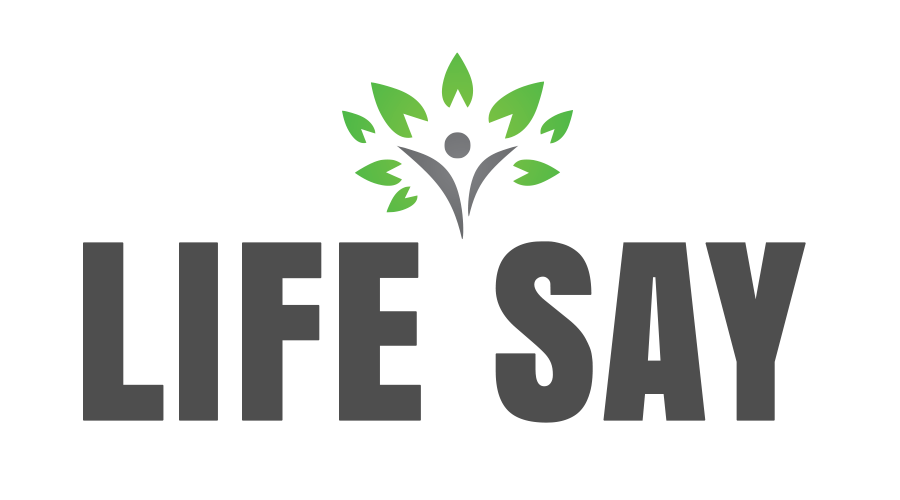Content marketing is one of the most effective ways to drive traffic to your website, build your brand, and generate leads. But how do you create a successful content marketing plan? It takes a lot of effort to produce quality content that draws in and engages your audience. Here are some tips to help you build a successful content marketing plan.
Define your goals
Before you start creating content, you need to know what you’re trying to achieve. What are your goals for content marketing? Do you want to drive more traffic to your website, increase leads, or boost conversion rates? Once you know your goals, you can tailor your content strategy to achieve them. At this point, you’ll also want to invest in helpful tools and resources that will make this process easier. For example, a content planner tool can help you map out your content marketing strategy and organize your ideas. It can also help you track the progress of your content plan and determine what’s working and what isn’t.
Identify your audience

It’s not enough to know what you want to achieve with your content; you also need to know who you’re targeting. Your target audience is the people you are trying to reach with your content and convert your audience into customers. Every business has a different target audience, so you need to figure out who your target audience is and what they want to hear from you. Some things to consider when defining your audience include demographics, such as age and gender, as well as interests, behaviors, and goals. Once you understand who your target audience is, you can start creating content that resonates with them.
Create a content strategy
Creating a content strategy is one of the most important steps in creating a successful blog. Once you know your goals and audience, you can start creating a content strategy that will help you achieve those goals. The first step in creating your content strategy is to decide the topics you will write about. When choosing topics, think about your blog’s goals and your target audience’s interests. You should also consider the tone of your blog. Will it be serious or light-hearted? Fun or informative? When choosing topics, it’s important to balance what your audience wants to read and what you want to write about. Next, you need to decide the type of content you will create. Blogs are common, but you may also want to consider infographics and videos, too.
Produce quality content
To entice and retain your target audience, you need to produce high-quality, engaging, and relevant content. It also means publishing content regularly. This doesn’t mean it has to be long or complex—in fact, shorter, more concise pieces can often be more effective. However, it should be well-written, well-researched, and error-free. If you don’t have an in-house writing team, you may want to consider hiring a third-party content writing service. These services often employ thought leaders in certain industries, so you can rest assured the articles will be relevant and error-free. Once you write or receive your content, you can post it to your company’s blog section.
Promote your content
Don’t expect your content to go viral on its own. You need to promote it to get the most out of it. Make sure to share the content on social media accounts. You can share it on your personal profile, company profile, and relevant groups and forums. You may also want to encourage fellow employees to share it on their Twitter, Facebook, or even a TikTok account. You could send an email to your subscribers letting them know about your new content. You can even include a teaser, or a sneak peek to get them excited about it. For data-driven research or thought leadership pieces, you could write a press release about your new content and send it to reporters and journalists interested in that topic. Regardless of your chosen promotion path, analyze the engagement and make SEO-related adjustments where needed.
Once you have a content strategy in place, you can start creating roadmaps for future content. A great content strategy will help you to improve your website and to achieve your business goals, so follow these tips when building a content strategy from the ground up and see your engagement grow.


